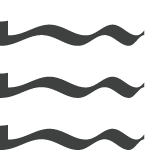Transcript to Introduction to Digital Salon Season 3
Welcome to [dis/em/re/mis] placement, Season 3 of the Digital Salon.
The Digital Salon is a curation of listening experiences brought to you by alumni of the UCLA Urban Humanities Initiative, a collective of interdisciplinary scholars, activists, and artists seeking to blur the boundaries of our respective disciplinary and epistemological habits in architecture, urban planning, and the humanities.
This season, we will explore four terms we believe to be at the heart of the modern urban experience:
To displace: to force something or someone out of their original place or territory.
To emplace: to establish something or oneself in a place
To replace: to substitute something or someone for another, often used to refer to infrastructure, populations, or species
To misplace: to put in an ‘inappropriate,’ or mistaken position, either literally or metaphorically
It is these four terms that inspire this season’s guiding questions:
We ask, in an era full of increasing insecurities driven by anthropogenic climate change and late-stage capitalism, how is our understanding of places changing? What does it mean to be in place, out of place, in between places, displaced or misplaced? How are borders moving and transforming? Who and what is being replaced at the level of the human, the plant, the mineral and how are these new divides reshaping the city? How is city planning shifting? In this new world, what should be remembered and what should be forgotten?
This season’s episodes are grounded in physical and ephemeral places and they investigate a variety of themes related to memory, heritage, tradition, belonging, alienation, regeneration, reappropriation, and joy—across borders. Episodes explore the porosity and rigidity of the borders of our places—the borders between the human and natural world, the physical and metaphysical, the present and the past, the built and the experienced environment as well as the borders between language and culture, and the ways in which these borders are [dis/em/re/mis] placed.
In each episode, our creators use sound in new ways to explore themes of placement. These episodes propose a methodology that takes the ‘sonic’ seriously, reaching beyond language-focused sonic experiences and engaging with sound as a spatial medium of research that allows us to attune to relationalities of placement that we might not have access to otherwise. With this methodology, we ask: what can we learn from listening to the sonic evidence of [dis/em/re/mis] placement and how can listening practices inform our understanding of ourselves and others as we navigate our changing places?
This season we explore gender in a Southern California skate park, the role of postcards as propaganda in Russia and Ukraine, the politics of memory and redevelopment in downtown San Diego, the revival of an indigenous community’s ancestral relations with a fungus across the U.S.-Mexico border, the experience of learning an indigenous Mexican language in the high deserts of Salt Lake City, Utah, and manifestations of memorial.
Join us as we hear from scholars across disciplinary and geographic borders. We hope you are challenged to think about the role of sound in urban [dis/em/re/mis] placement and how the sounds we hear in our places–our countries, cities, and neighborhoods–shape us, even when we don’t seem to hear them.

